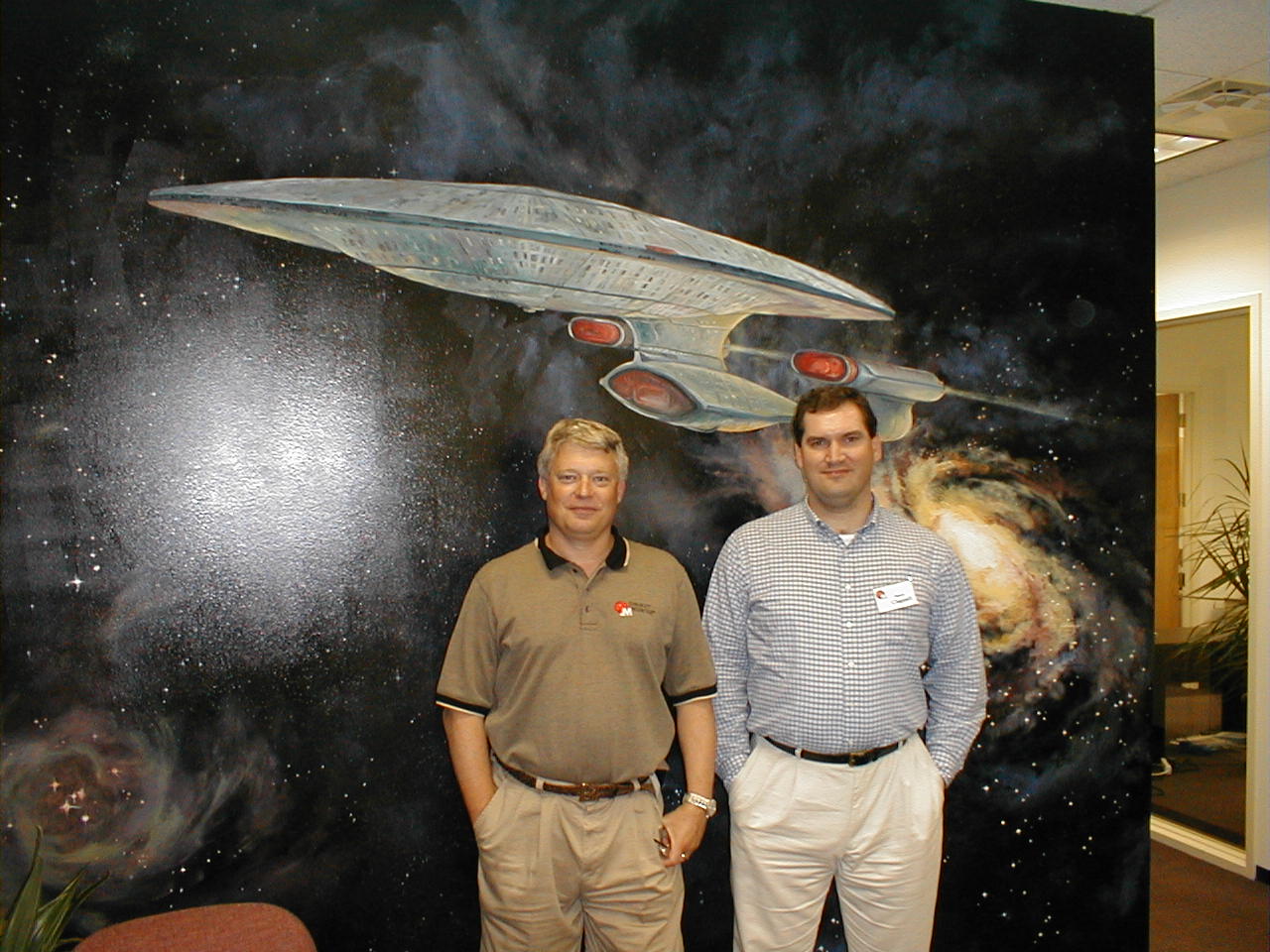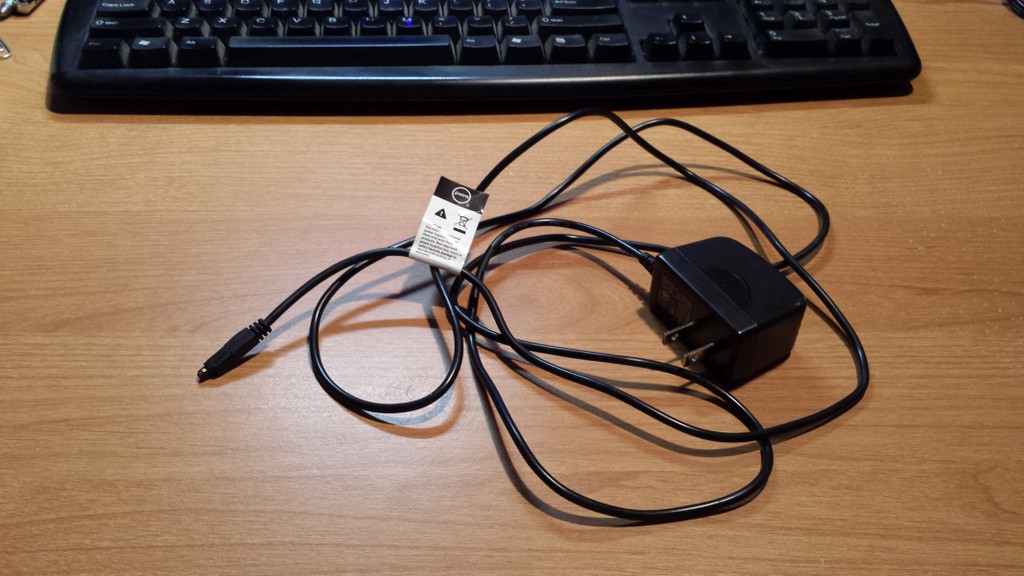Epiphany on Scrum
Recently, during my long and quiet morning drive to work, I got to thinking about a comment a co-worker had made the previous day. BenevolentEmployer is having us use the Scrum project life-cycle on our super secret project and some of the more recent arrivals had not gone through the week-long course that the rest of us did back in the summer. Co-worker in question had attended a two day version of the course and was wondering about the reason for some of the parts of Scrum. He was curious as to why the instructor had explained the reasoning behind some parts of Scrum very clearly, yet other parts were given no rationale beyond the fact that they were in the Scrum guide and therefore that's what you did. This was unsatisfying for him.
His comments must have been churning away in the back of my head because the next morning, out popped the answer. More of a revelation or epiphany than an answer. I realized that Scrum is not for the developers, it's for the business. Scrum is a product sold to companies. As such it has a physical product they can hold and read and follow. This is the Scrum Guide. The business has no idea what computer programmers do, but they want to manage it. Waterfall methodologies have never worked, so they are always looking for something. Scrum seems to fit the need well.
The business wants to know that their projects are proceeding and that they feel as if they have some input into the whole process without actually having to understand Information Technology. The programmers want to be allowed to work on their projects without heavy-handed oversight. Scrum sits between the two camps and facilitates a formal way for each to talk to the other. Scrum calls these ceremonies and there are just enough that the business feels connected, but not so many that the programmers feel hassled. In essence, Scrum is the API to the programming team through which the business accesses them.
And this is why some things do not make sense to the programmers because Scrum is for the business and it buys the programmers space and more autonomy than they ever had under waterfall methodologies.
Continue reading →The Real Definition of Job Security
(One from the archives. Written 25th February 2005. I think it still stands.)
While talking to a few of my co-workers, I mentioned my personal definition of job security and they liked it so much that I thought that I'd share it here as well, in the hope that it can equip someone else to be prepared for unexpected unemployment. The real definition of:
Job security is being able to get another job tomorrow, not still having the same job tomorrow.
It is an unfortunate fact that companies have an uncanny knack to get themselves in a pickle and then turn around and release workers to ease the cashflow. There's nothing we can do about their tendencies, but we certainly can prepare for such a scenario. I feel that each of us bears a responsibility to be prepared for such an occasion.
Continue reading →Me And Uncle Bob

One of my enduring technical heroes is Robert C. Martin. Mr. Martin is one of the lucky few in the technology world who are instantly recognizable by either their initials or their first names. Robert C. Martin is known as "Uncle Bob". I was fortunate to be able to meet Uncle Bob in the Chicago area at a one day free seminar given by ObjectMentor, back in 2001. At the end of the day, I asked if I could have my picture taken with him and he was very kind and generous and immediately said yes and even insisted that we be standing in front of their "Star Trek" wall.
Thank you Uncle Bob for your kindness to a young and star-struck fan. I continue to read your writings and still aspire to your level of software craftsmanship.
Update! I was fortunate enough to see Uncle Bob again at That Conference and he was gracious enough to allow another picture.
Continue reading →An Old Palm Device Charger

I was an early adopter of Palm mobile devices. Yet, like most technology, they had their day in the sun and then were cast into the shade of the next generation of mobile organizers and then smart phones came along and made pretty much everything else obsolete.
This morning, I noticed this charger lying around and actually stopped to take a look at it, thinking I could swipe it for an at work USB charger. It was a charger for my last Palm device. I'm pretty sure that I no longer have the device, so the charger is off to the circular file. If you look carefully at the picture, you'll notice the proprietary connector. I'm so glad that the days of proprietary chargers are on the way out. Apple are one of the few holdouts, but even they are moving towards USB-C for their laptop charging technology.
Continue reading →I Want To Run An Agile Project
Some amusing videos from the Scrum training I have been attending this week.
I Want To Run An Agile Project (Part 1)
I Want To Run An Agile Project (Part 2)
Continue reading →